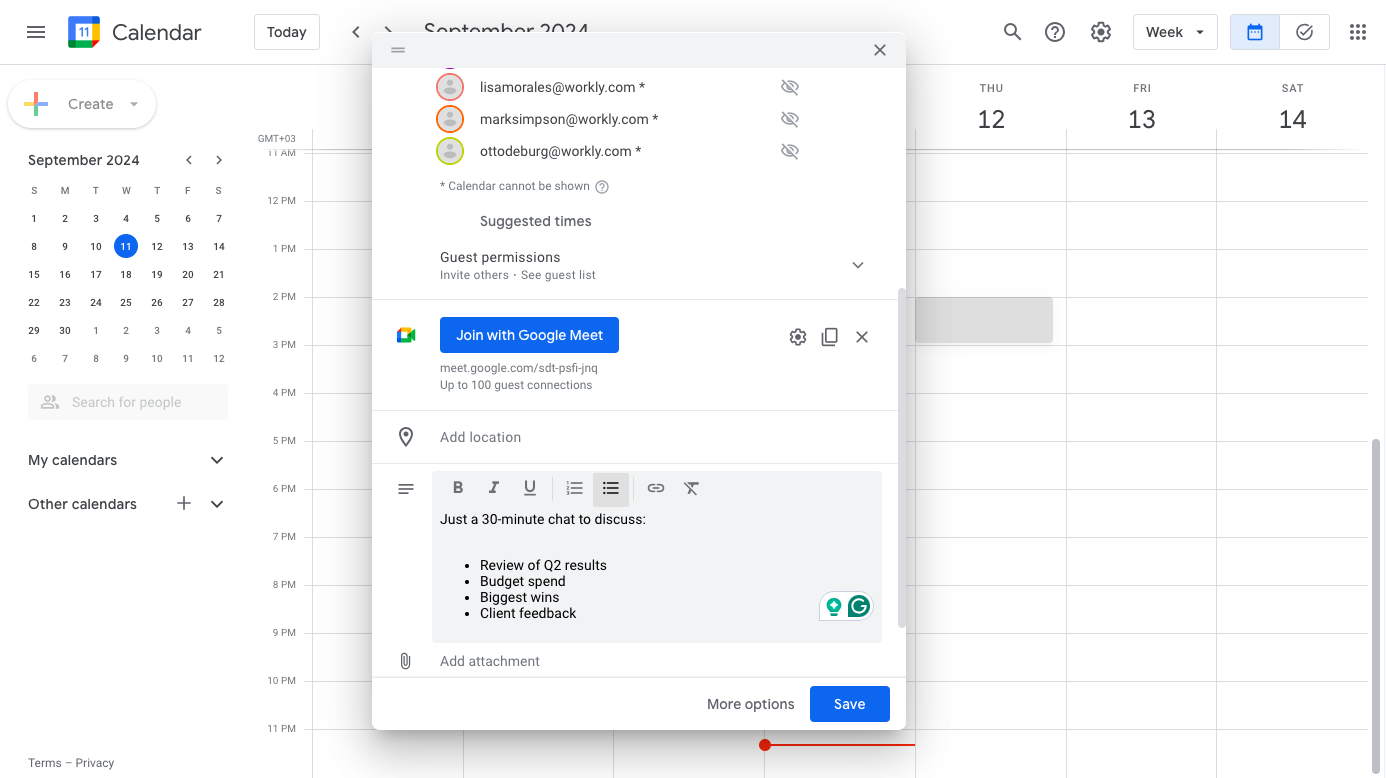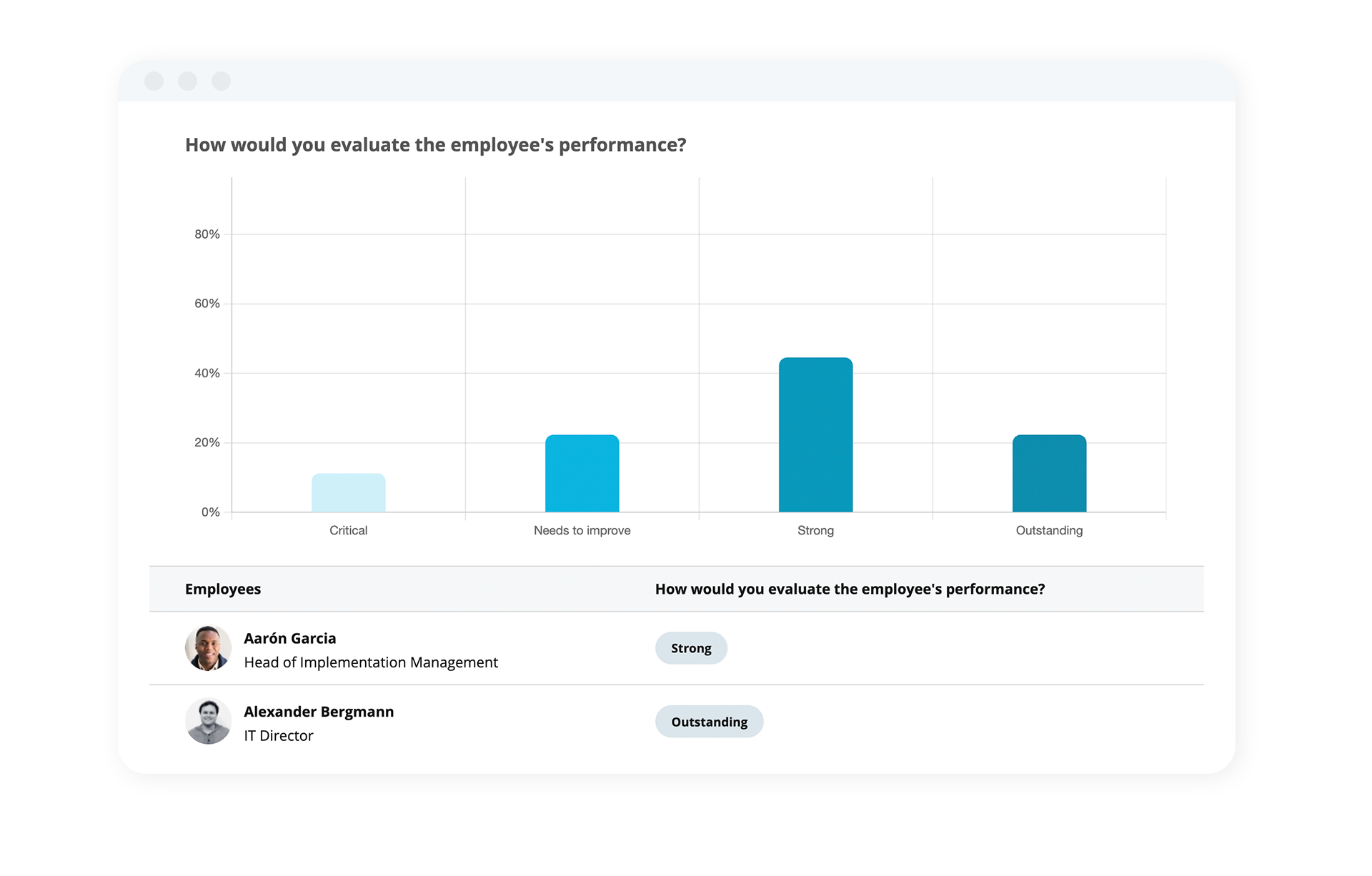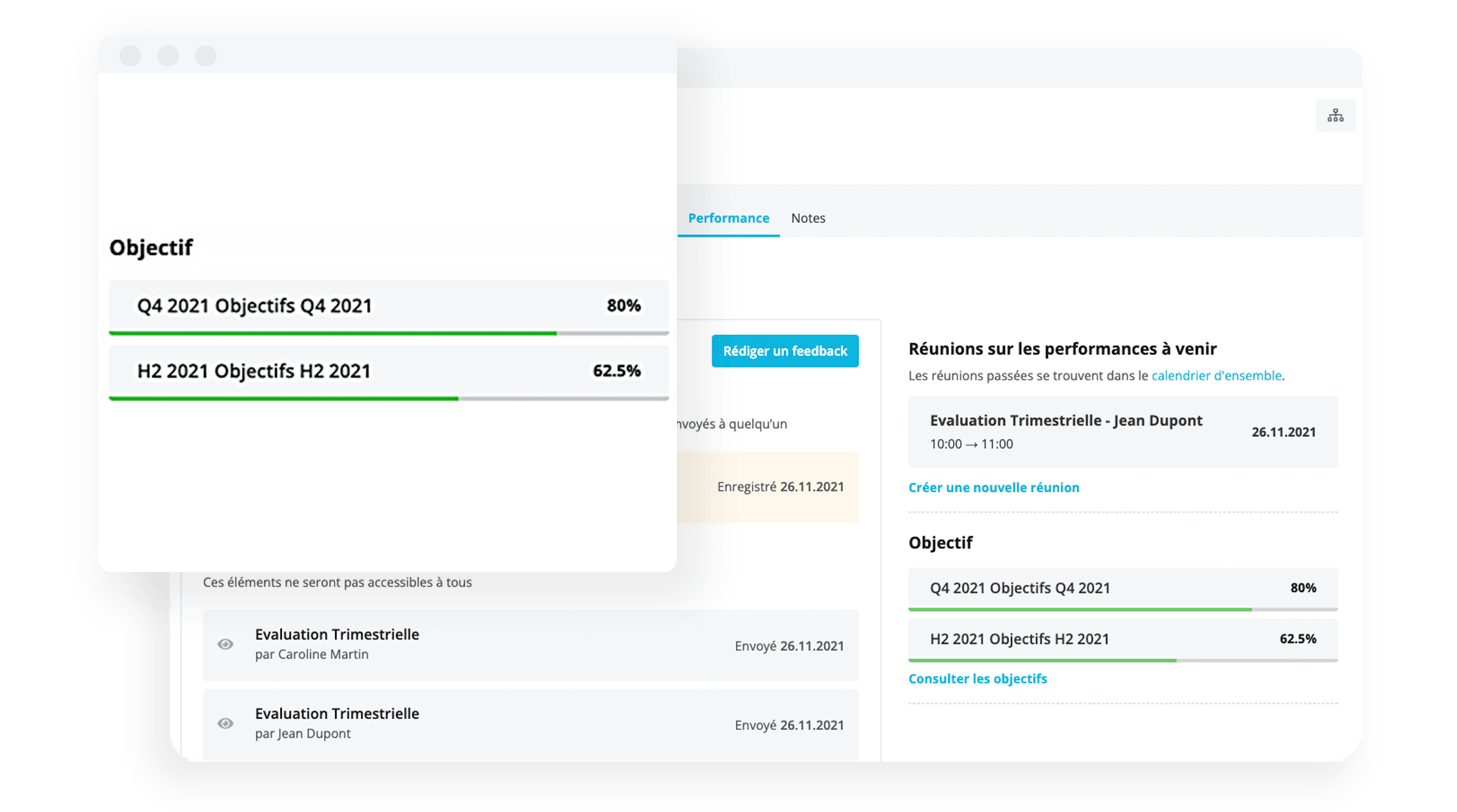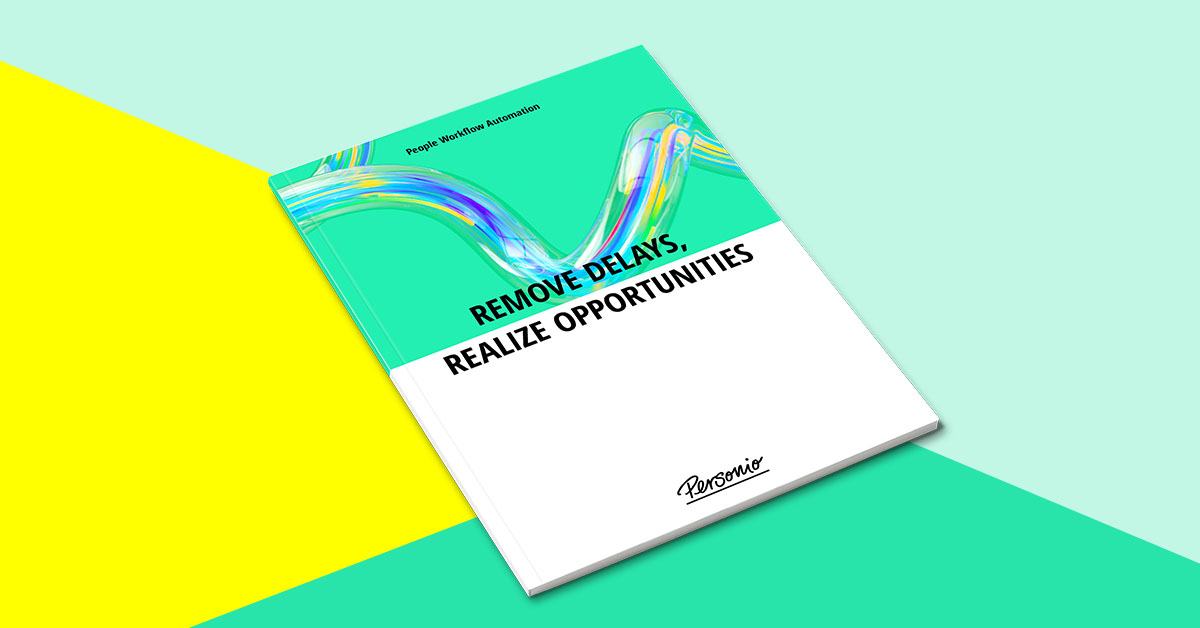How to increase efficiency: 10 tips for your organisation

Efficiency is about getting the best results for your organisation with the fewest resources. However, it goes beyond saving time and money. When done right, efficiency can strengthen your company culture by giving employees more job satisfaction and boosting their morale.
Our guide explores the best ways to improve efficiency in the workplace. We also look at what factors might be holding your organisation back and how to overcome them.
How an efficient workplace makes for a winning organisation
Increasing efficiency benefits organisations and their employees. With sustained effort, it can have a lasting effect that continues to drive improvements.
Here’s what results to expect if you focus on increasing efficiency:
Higher productivity: Streamlining processes means your team achieves more in less time, increasing your output.
Faster turnaround: An efficient team is less likely to experience delays and bottlenecks so they have a higher chance of hitting deadlines.
Increased profitability: Research shows highly engaged and productive companies see a 23% increase in net profits.
Employee satisfaction: Operational efficiency leads to smoother workflows with fewer mundane tasks, freeing everyone up to do more meaningful work.
“Efficiency in the workplace opens up space for innovation, allowing employees to have extra time in their day to not only get their tasks done, but to brainstorm new ways to update processes, tools, and skills.”
– Sara Bandurian, Operations Supervisor at Online Optimism
What’s holding your organisation back from being more efficient?
Working out what’s slowing down processes and wasting resources can help you on the path to improving business efficiency. You can see which barriers you need to overcome to get results.
These are the usual culprits behind lower-than-expected performance:
Outdated methods: Manual processes don’t just hinder productivity but also make it harder to adapt to changing trends and economic conditions.
Low morale: Productivity suffers when employees feel undervalued or demotivated.
Distractions: One in three workers say they struggle to finish tasks due to constant interruptions like unnecessary meetings and emails.
Poor communication: Confusion can lead to mistakes, meaning your team has to waste time fixing errors and re-doing tasks.
Ineffective leadership: One in six employees say they’d be more productive if it weren’t for their manager wasting time explaining and constantly checking in.
Unclear goals: Without clear objectives, teams can’t prioritise work effectively and may spend too much time on unimportant tasks.
Low overall performance is often due to several factors. These may feed into each other and create a negative feedback loop. That’s why improving efficiency in the workplace often calls for a total workforce transformation.
10 tips for making your workforce more efficient
No single method gets results when it comes to performance. It’s best to use a combination of ideas that address various aspects of your operations.
1. Standardise your processes
Have everyone use the same methods to complete tasks across your organisation. When everyone follows a standardised process, there’s less conflict or confusion about what to do.
The first step is to document all your standard operating procedures (SOPs). Ask every role and department across your company to record how they handle all their tasks. You can provide a template for them to complete so nobody misses any important details. This template should include:
The purpose of the SOP
Which roles and departments are responsible
All the required tools and resources
A step-by-step breakdown of the SOP
The time usually needed for each step
Keep all the SOPs you document in an easily accessible place so everyone can refer to them. As teams update processes, they should edit their SOPs.
Albert Kim, VP of Talent at Checkr suggests creating a feedback loop: “Regularly ask your team what’s working and what’s not. This helps you catch inefficiencies early and keeps everyone engaged in improving how things are done.”
2. Prioritise completion over perfection
Make the idea that ‘done is better than perfect’ one of your company values. You can encourage employees to prioritise getting their work done over getting stuck on minor details. They should then find it easier to stick to deadlines.
Some people are perfectionists by nature and may struggle to adopt this mentality. Help them by reframing mistakes as learning opportunities. You can motivate them by giving shoutouts to team members who have successfully applied feedback from previous tasks.
3. Set clear, measurable goals
Goals give employees something tangible to work towards. When people know what’s expected of them, they’re more likely to stay focused and meet targets.
Use SMART goals to provide everyone with a clear framework to complete tasks. This acronym stands for:
Specific: Clearly defined goals tell employees the steps they need to take so they’re less likely to waste time on irrelevant tasks.
Measurable: Tracking performance metrics helps everyone see the progress they’ve made and what they’ve got left to do. Some common examples include sales completed, projects delivered on time and revenue per employee.
Achievable: Realistic targets mean the challenge level is right, meaning staff are less likely to get frustrated or burned out.
Relevant: Aligning goals with long-term objectives ensures that most tasks contribute to your company’s overall success.
Time-bound: Deadlines keep projects on track and reduce the risk of bottlenecks further down the line.
Regularly revise and update SMART goals. You may find work conditions change, making some targets easier or more challenging to achieve.
4. Provide training and development
Arrange regular training to equip employees with the skills and knowledge they need to perform tasks efficiently. Recent research shows they’ll not only improve their performance but feel more confident in their roles.
You could offer sessions on:
Time management strategies
Task prioritisation
How to use productivity tools
Data analysis for better decision-making
How to track progress on tasks
Start by delivering sessions on common productivity gaps at your organisation. By addressing the most widespread and impactful issues, you’ll see the biggest improvements in overall efficiency.
Measure productivity to see where changes are needed. Trends like frequently missed deadlines, high error rates and low task completion rates often suggest an underlying issue. For example, long response times could mean teams are having trouble prioritising tasks.
Employees may also have insights into how to improve productivity. You could collect feedback by conducting questionnaires or introducing a suggestion box. Consider using an HRIS like Personio to easily create and distribute custom employee surveys and gather this data.
5. Facilitate communication and collaboration
When employees can easily share information and work together, processes are less likely to have bottlenecks. Nobody’s left waiting for updates or for colleagues to finish tasks.
Give teams ample opportunities to check in. It’s best to use a variety of channels such as meetings, emails and messaging to promote inclusivity. Most employees say they contribute more to discussions when their organisation caters to their communication preferences.
Investing in a range of tools helps you accommodate different needs and tasks. Here’s what communication and collaboration software to consider:
Instant messaging platforms
Video conferencing
File and screen-sharing tools
Project and task management software
Cloud storage solutions
It’s important to hold regular meetings whether that’s online or face-to-face. Teams need the chance to track overall progress towards goals, identify potential issues and agree on how to resolve them.
An agenda can ensure participants cover all the most important points. Ask hosts to send everyone a list of key talking points beforehand. They can add this to the meeting invite on most video conferencing tools, including Google and Zoom.

6. Keep meetings and interruptions to a minimum
Take a ‘less is more’ approach to communication. Excessive meetings take time away from meaningful work and keep breaking your team’s focus.
Start by checking whether any of your current meetings could be an email and if everyone needs to attend. You can look at what it’s supposed to achieve. If the meeting only covers a quick update or the information doesn’t affect anyone’s work, that’s a sign to cancel it.
Keep whatever meetings you have left quick and productive. Reducing distractions keeps everyone focused on the agenda and helps them to participate.
One quick fix is to discourage the use of devices given that one in three people confess to checking notifications in meetings. Ask everyone to either switch off alerts or tp put their phones away.
7. Delegate where necessary
Delegation can improve efficiency by keeping the right people focused on the right tasks. Team members are more likely to achieve great results when their work matches their skills and experience.
Consider the following factors when deciding how to delegate:
Workload: The employee should have the capacity to take on more work without becoming overwhelmed.
Resources: Without access to the right tools and materials, even the most skilled workers can’t complete many tasks.
Expertise: Matching projects to skills leads to higher-quality work and reduces the need for oversight.
Learning opportunities: If tasks align with development goals and there’s someone available for support, it’s a chance for employees to learn desirable skills.
Consider a flatter organisational structure to increase productivity further. That’s where you have fewer managers and let teams decide how to do tasks. Everyone has more autonomy and a chance to get creative, which can lead to higher levels of employee engagement.
8. Implement flexible work policies
Let employees choose the work conditions that suit them best. Flexible working arrangements can increase the number of high performers on your team by up to 40%. You can give teams a say over:
Where they work
Which hours they do
How they approach tasks
Which work to prioritise
When to take time off and breaks
Remote work requires a lot of trust as companies have less oversight over employees. Set clear rules and guidelines to make it clear what’s acceptable. For example, you can tell staff whether you need them to be available at specific hours.
9. Invest in staff wellbeing
Prioritising your team’s wellbeing doesn’t just mean they’ll need fewer sick days. Employees who feel supported and valued are also 38% more likely to be productive.
An effective wellbeing strategy goes beyond perks. While employees may enjoy gym memberships and spa vouchers, these won’t have a lasting impact on their health. Instead, focus on changes that make your company a safe and supportive environment. You might think about:
Creating extra channels where everyone can voice concerns
Facilitating regular, open feedback sessions
Adding new policies that encourage work-life balance
Providing access to mental health support and resources
Offering personal development courses
As employee needs are likely to change, continuously track the progress of wellbeing initiatives. Look at trends in engagement, productivity levels and attendance to check whether they’re still working.
10. Build a tech stack that drives productivity
Workflow automation can handle repetitive tasks and streamline processes. The right tools could save each employee two hours a day or a combined total of 500 hours a year.
Look for solutions that fit easily into your existing setup. Kim says, “Inefficiency is especially pronounced in organisations that rely on a mix of tools rather than an integrated system. Instead of having a single source of truth, processes get bogged down because people have to hunt for data or jump through hoops to get the information they need.”
An all-in-one solution for all your HR needs

From recruitment and training to offboarding and analytics, Personio’s HR management software centralises all your people processes.
Learn moreBuild a more efficient workplace with Personio

The best solutions automate entire processes. For example, Personio’s all-in-one HR software handles recruitment and onboarding processes so instead of worrying about paperwork orpayroll, you can spend that time welcoming them to the company.
Our all-in-one HR platform automates all your repetitive tasks so you can concentrate on the big picture. You can show your team how to reach their full potential and help your organisation grow while leaving the day-to-day admin to us.

